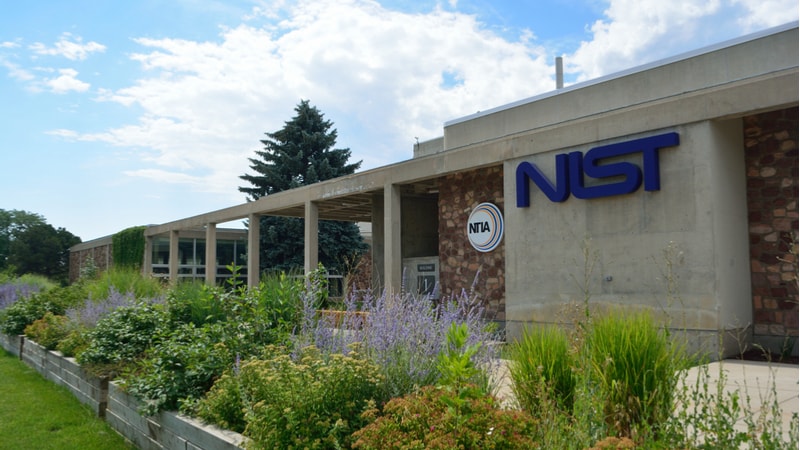
The run-down state of the National Institute of Standards and Technology’s (NIST) facilities has been ranked as the number one risk to the agency’s mission, according to a recent National Academies of Sciences, Engineering and Medicine report.
And the cost of getting those facilities back to tip-top condition is likely to run into several billion dollars, the report says.
The 200-page report – released on Feb. 7 – found that “NIST’s potential to help the nation is drastically hindered by the ‘alarming’ and ‘critical’ state of funding for the sustainment, restoration, and modernization” of NIST’s Gaithersburg, Md., headquarters and its Boulder, Colo., campus.
The Consolidated Appropriations Act of 2021 requested that NIST “contract with an independent entity to develop a report that assesses the comprehensive capital needs of NIST’s campuses.”
The agency approached the National Academies to conduct this assessment. Over the past 18 months, a National Academies committee held 12 meetings and now is findings are in: at NIST’s two campuses 63 percent of the research facilities and 69 percent of the non-research facilities failed to meet the Commerce Department’s (DOC) standard for acceptable building conditions.
The committee observed several issues in the research laboratories:
- Substantive delays in key national security deliverables due to inadequate facility performance – like temperature and humidity;
- Substantive delays in national technology priorities such as quantum science, engineering, biology, advanced manufacturing, and core measurement sciences research;
- Inability to advance research related to national technology priorities;
- Material delays in NIST measurement service provisions to U.S. industry customers; and
- Serious damage or complete destruction of highly specialized and costly equipment, concomitant with erosion of technical staff productivity.
“The committee concluded that these deficient functionalities of NIST’s facilities constitute a major threat to its mission performance and thereby, to our nation’s economy, national security, and quality of life,” the report says.
The committee made a total of 10 recommendations to multiple Federal agencies and Congress to ensure that NIST’s mission is carried out, valuable researcher time is not wasted, and the laboratories once again become world-class facilities. Some of the recommendations include:
- NIST should modernize laboratory facilities to provide the performance needed to meet the measurement science and mission-focused research and development challenges for today and the future, and to attract and retain the scientists and engineers required to solve these challenges;
- NIST should address the underlying deficiencies with campus infrastructure. If not developed in conjunction with laboratory modernization, the requirements of the new laboratories will continue to not be met;
- NIST and DOC should ensure that leadership of DOC, the White House, and Congress are fully aware of NIST’s facility needs and the national consequences of not meeting those needs. The funds must be allocated appropriately to modernization needs, and a semi-annual follow up verification and accountability must occur to ensure adequate funding is implemented for modernization;
- NIST and DOC should increase and intensify efforts to advocate that Congress invest fully in NIST’s Coordinated Recovery Plan beginning in fiscal year 2023; and
- NIST should seek funding of $300 to $400 million annually for at least 12 years to enable it to restore lost mission capabilities and provide facilities for new programs.
